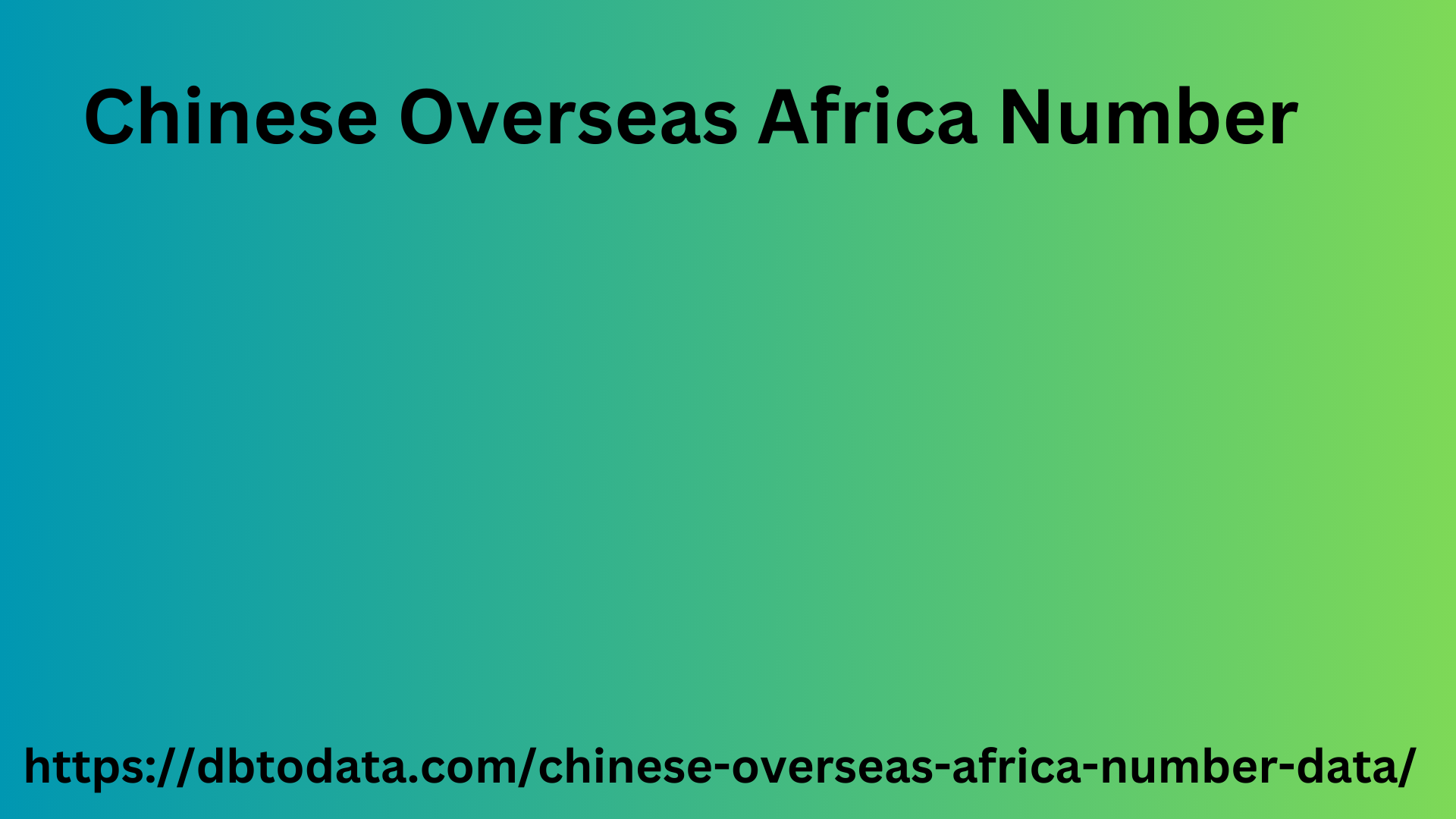|
|
Cross-sectional data refers to a type of data collected at a single point in time from a population or a sample. It provides a snapshot of a population or phenomenon at a specific moment. Unlike time-series data, which tracks changes in variables over time, cross-sectional data captures information from various individuals, groups, or units at a particular instance. This type of data is commonly used in social sciences, economics, public health, and market research to understand characteristics, behaviors, and relationships within a population or among different groups.
For example, in a study investigating the relationship between income and education level, cross-sectional data would involve collecting information on income and education level from a diverse group of individuals at a specific time. Each individual's income and education level would be Chinese Overseas Africa Number recorded independently, allowing researchers to analyze the relationship between these variables across the sample population.

Cross-sectional data can be collected through surveys, interviews, observations, or secondary sources such as census data or organizational records. It provides valuable insights into the distribution, patterns, and associations of variables within a population or sample. However, it has limitations, such as the inability to establish causal relationships or capture changes over time.
Researchers often use statistical techniques such as regression analysis, correlation analysis, or chi-square tests to analyze cross-sectional data and identify patterns, trends, or associations between variables. Additionally, researchers may stratify or subgroup the data based on certain characteristics to explore differences or similarities among groups within the population.
In summary, cross-sectional data offers a snapshot of a population or phenomenon at a specific point in time, enabling researchers to analyze relationships, patterns, and characteristics within the population or among different groups. Despite its limitations, cross-sectional data is a valuable tool for understanding social, economic, and behavioral phenomena.
|
|